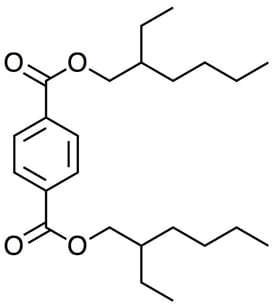Full Disclosure: I work in the marketing department. What we like to say in the marketing department is “We make things look pretty.” I don’t know what you are talking about when you tell me that PVC is polyvinyl chloride that is derived from chlorine and salt, other than that description makes me want to go swimming. So I am glad our President Chris Pendergrass shared the above video with us here in the marketing department. And yes I have enough knowledge from High School science classes to get the basic gist of what is going on when you start talking about adding molecules to the plastic to make it into a new, longer lasting and more elastic compound. I am not the village idiot I just play one on Youtube. However you go much deeper than that and my brain rolls over inside my own skull and I start to hear the blood whooshing through the vessels in my eardrums. I make a conscious effort to hold my head upright so I don’t look like a dog cocking his head sideways when he doesn’t understand. Ok I may be exaggerating a bit but you get my drift.

At Presco we make a number of Marking and Safety Products from plasticized plastic called PVC. We have an extrusion plant where I have watched them mix the tiny particles of shredded recycled and re-purposed plastic and mix it with dye powders and run through the extruders to become giant rolls of plastic sheeting. I have watched those rolls run through our printers to become barricade tape and caution tape. While other machines take other rolls and cut them into the material that go through the screen printer and become our stake flags and it is all very cool, noisy and colorful! But as a guy that just makes it sound interesting and look pretty I thought I would share a this video that can shed a little more light on the world of plastics that Presco operates in. While this video mentions phthalate-free plastics Presco manufactures and produces both phthalate-free (for the medical field for instance) and phthalate plasticizers. Some of the decision lies with the customer and Presco is happy to meet a request for phthalate and phthalate-free products. I don’t know if it will come from Dexter’s Laboratory or Dr. Frankenstein’s lab but Bio-based plasticizers are something that will one day crawl out of the Presco primordial ooze and onto the forks of a Clark forklift and into the freight beds to wisked off to shelves and job sites across and America. (And maybe one day Mars!)

